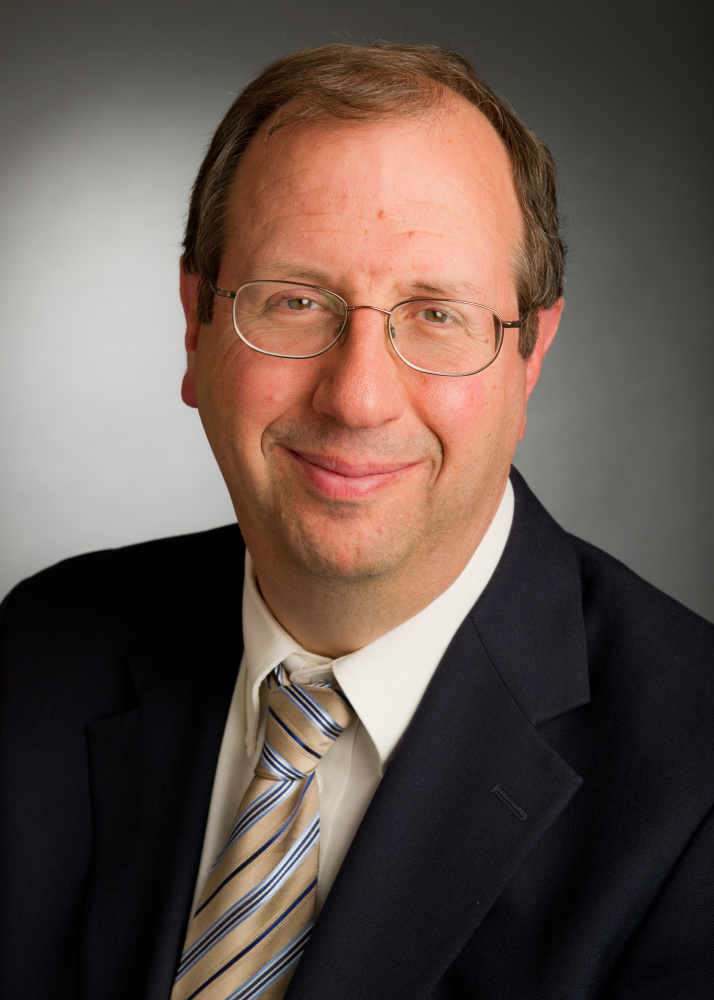For Anna Heard, the fall of 2002 was a season of change.
Set to move to Boston in September to begin a master’s program at Harvard T. H. Chan School of Public Health, Heard, then 29, had a routine physical in Washington, D.C., before starting the academic year. Although her bloodwork looked “a bit funny,” Heard recalls, follow-up tests came back inconclusive. Her doctor recommended she see a hematologist after settling in to her master’s program.

A few weeks later, Heard was running on the Charles River Esplanade. “I couldn’t keep up with my running partner, and I was getting tired quickly,” Heard recalls. Attributing the slower pace to an off day, or maybe the change in weather and location, Heard wasn’t alarmed. But after she noticed three large bruises on her leg, she made an appointment with a hematologist.
Less than 24 hours before that appointment, Heard’s lymph node on the right side of her neck ballooned to the size of an egg – flashing a painful and threatening sign that she needed to be seen immediately. “I knew then my life was about to change,” Heard says.
The following morning was a whirlwind of white coats and medical equipment. After blood tests, scans, and conversations about possible outcomes, Heard was referred to Dana-Farber. “I was told my white blood count was at 60,000 – and at that point I was preparing myself for a cancer diagnosis,” she says.
Heard met with Richard M. Stone, MD, chief of staff and program director of the Adult Leukemia Program at Dana-Farber, who would confirm a leukemia diagnosis.

“I was ready for it,” Heard reflects. “He laid out a very clear treatment plan for me. I immediately felt like I could trust him and my care team. I remember looking at them and saying ‘you are the experts, and I am ready to do what needs to be done.’”
With graduate school on hold, Heard started intensive treatment, beginning with three weeks of inpatient induction chemotherapy, followed by outpatient chemotherapy for three months until she went into remission. Then, in February 2003, Edwin Alyea, MD, associate director of the Bone Marrow/Stem Cell Transplantation Program at Dana-Farber/Brigham and Women’s Cancer Center, prepared Heard for what would be the final step in her return to good health – a blood stem cell transplant, made possible by Heard’s identical twin sister and donor, Rachel.
“I remember sitting in Brigham and Women’s Hospital waiting for Rachel’s bag of blood stem cells to make its way upstairs to me,” Heard shares. “I was extraordinarily lucky to have a donor readily available, and even luckier to have been able to beat cancer.”
Heard went on to complete her master’s degree program and graduated in June 2005, the same year she married her longtime boyfriend and classmate. Together, they took on the next step in their shared journey: starting a family.
“After I recovered from leukemia, I had difficulty becoming pregnant, mostly due to the side effects of chemotherapy,” shares Heard. “My sister came to my rescue once again when I needed an ovarian transplant.” In the fall of 2009, that eternal season of change, Heard welcomed the first of her two healthy boys.

“You do what you need to do,” Heard says. “My friends kept telling me I was ‘so strong’ – but really I just put one foot in front of the other.”
Now, 13 years cancer-free, Heard is back in Washington, D.C., with a doctorate in global public health, working full time, celebrating 10 years of marriage, cooking and baking from scratch, and taking walks in the woods with her two children, Miles and Kai.
“I live my life as I expect most do. We can only do our best with the hand we are dealt,” Heard says when reflecting on her cancer journey. “I just keep moving.”
